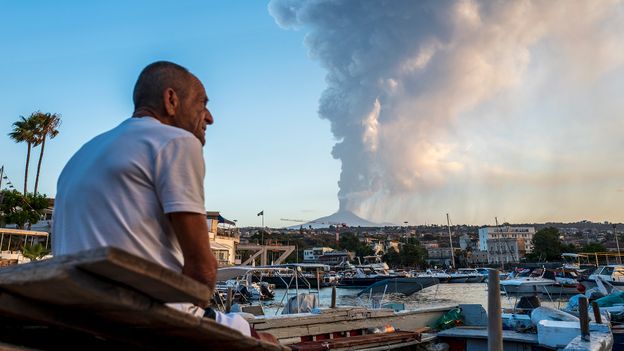Key insights
-
1
Unique Geological Features
Italy's volcanoes, such as Mount Etna and Stromboli, are among the most active in the world. Their continuous activity provides a natural laboratory for studying volcanic processes and their impact on the environment.
-
2
Historical Significance
Italian volcanoes have a rich history intertwined with human civilization, from the ancient eruptions that buried Pompeii to the ongoing monitoring efforts that help protect modern communities.
-
3
Advanced Monitoring Techniques
Scientists employ state-of-the-art technology, including satellite imagery and seismic sensors, to monitor these volcanoes. This helps in predicting potential eruptions and mitigating risks associated with volcanic activity.
-
4
Potential for Renewable Energy
The geothermal energy harnessed from volcanic regions in Italy presents a significant opportunity for sustainable and renewable energy sources, contributing to the country's energy needs.
Takeaways
Italy's volcanoes offer a wealth of opportunities for scientific research, historical exploration, and renewable energy development. The continuous study and monitoring of these natural phenomena not only enhance our understanding of Earth's geological processes but also provide practical benefits for society.
